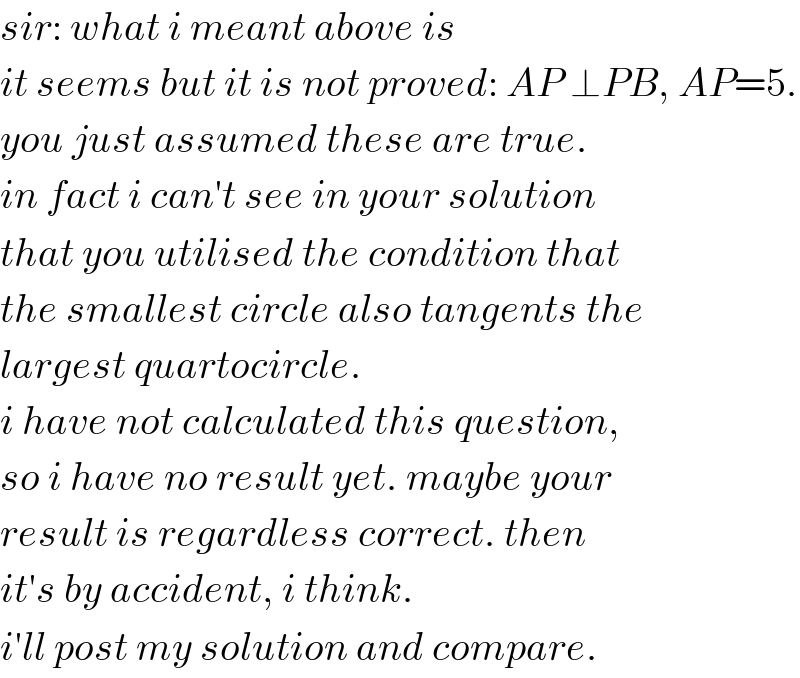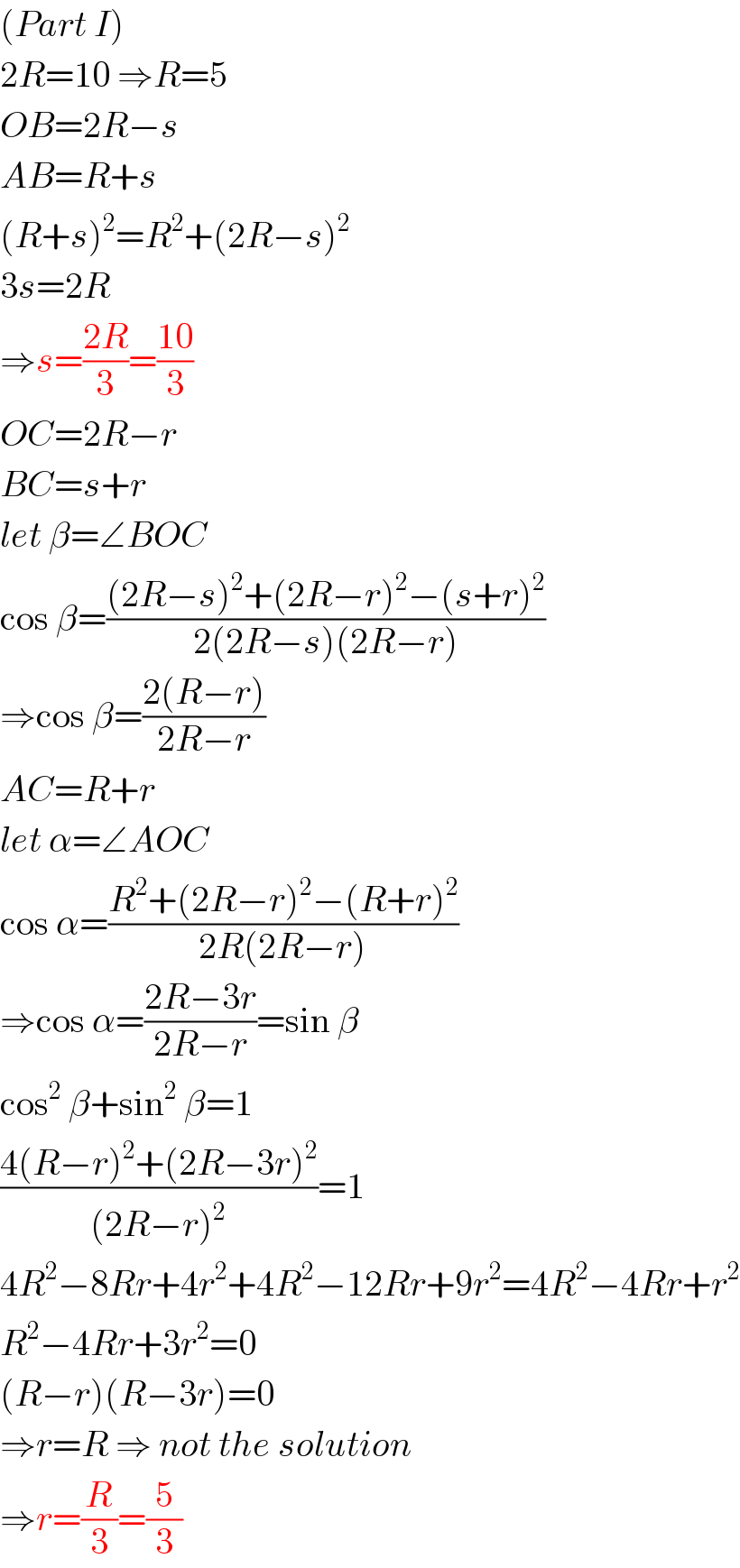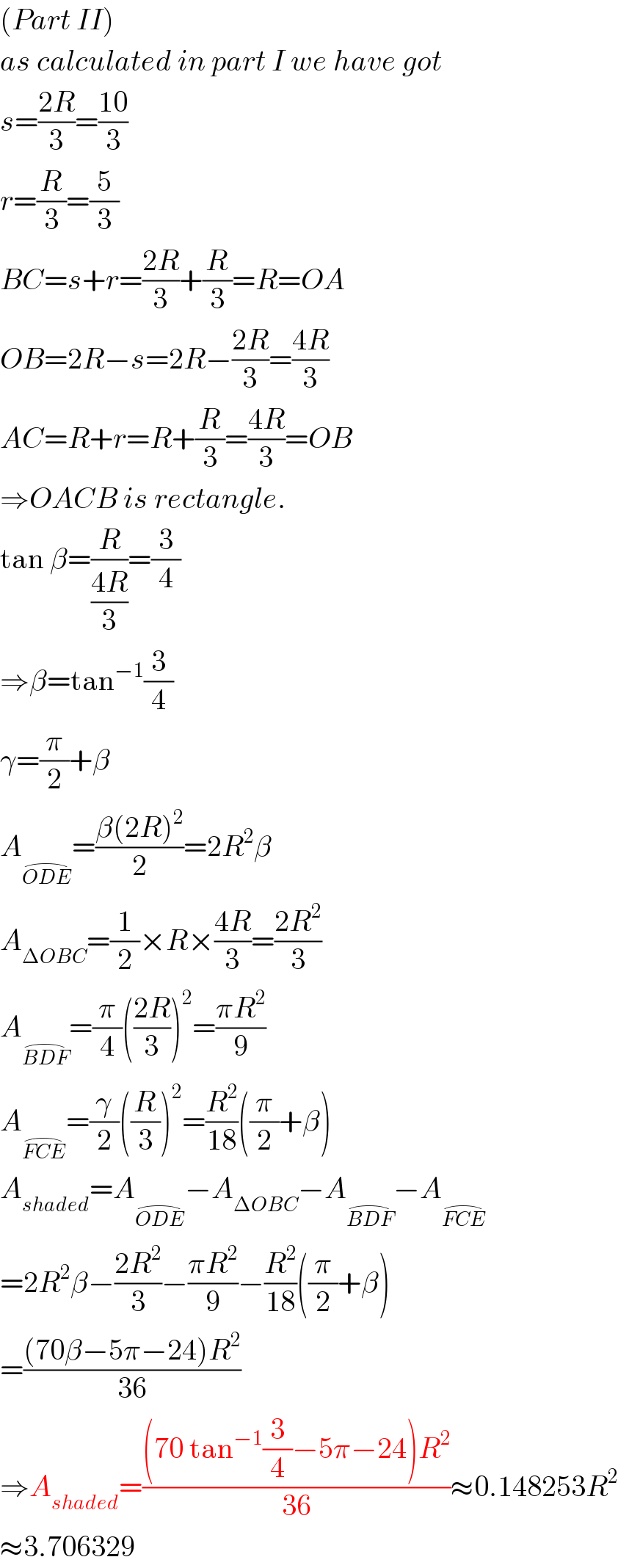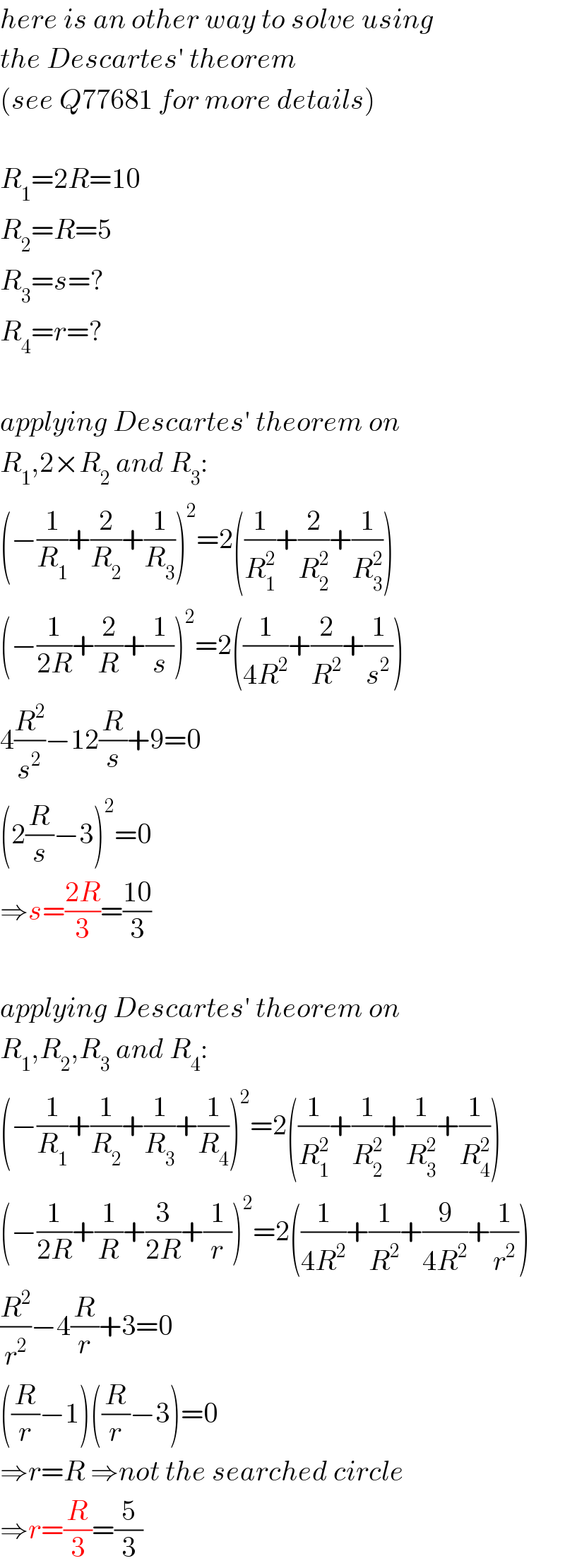
Question and Answers Forum
Question Number 79254 by mr W last updated on 23/Jan/20

Commented by mr W last updated on 23/Jan/20

Commented by key of knowledge last updated on 23/Jan/20

Answered by john santu last updated on 24/Jan/20

Commented by mr W last updated on 24/Jan/20

Commented by john santu last updated on 24/Jan/20

Commented by john santu last updated on 24/Jan/20

Commented by mr W last updated on 24/Jan/20

Commented by mr W last updated on 24/Jan/20

Answered by mr W last updated on 24/Jan/20

Commented by mr W last updated on 24/Jan/20

Commented by john santu last updated on 24/Jan/20

Commented by mr W last updated on 24/Jan/20

Commented by john santu last updated on 24/Jan/20

Commented by john santu last updated on 24/Jan/20

Commented by john santu last updated on 24/Jan/20

Commented by mr W last updated on 24/Jan/20

Answered by mr W last updated on 24/Jan/20

Commented by mr W last updated on 24/Jan/20

Answered by mr W last updated on 24/Jan/20

Commented by mr W last updated on 24/Jan/20

